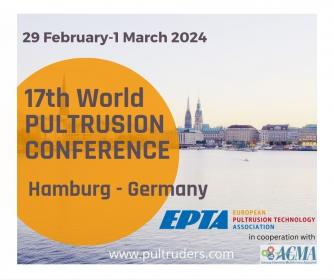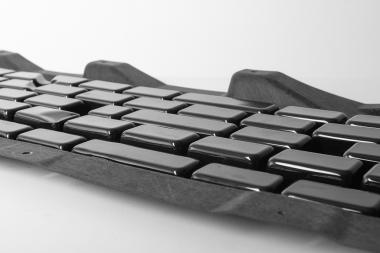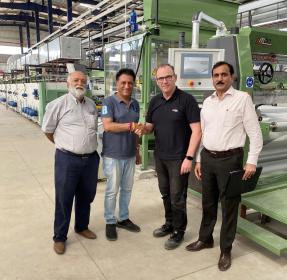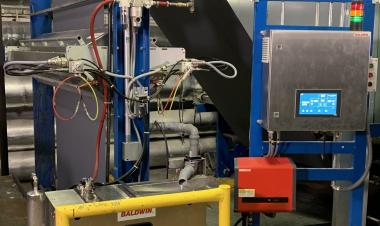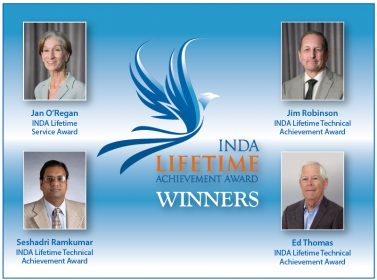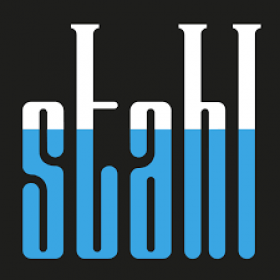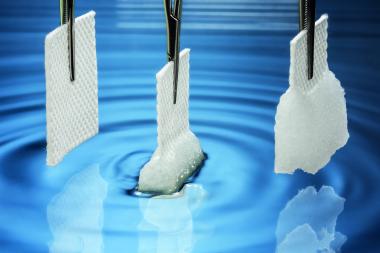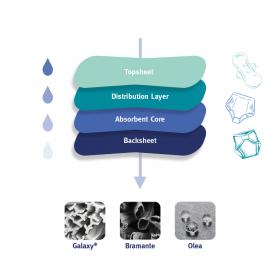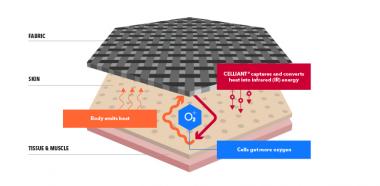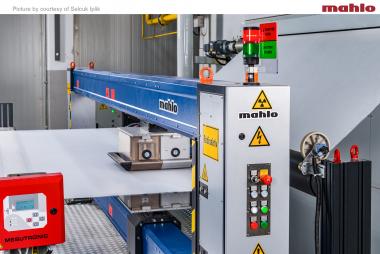Autoneum: Acoustic comfort with Zeta-Light
With Zeta-Light, Autoneum adds an integrated damping function to fiber-based trim components such as carpets or inner dashes, significantly improving their acoustic performance. Thanks to the innovative use of particle dampers, Zeta-Light not only insulates and absorbs airborne noise, but also effectively reduces low-frequency vibrations of the car body, independent of temperature. In addition to improving the acoustic comfort of vehicle occupants, the new damping system also contributes to significant weight savings and simplified vehicle assembly. Zeta-Light will celebrate its world premiere at this year's Automotive Acoustics Conference on July 11 and 12 in Zurich, Switzerland.
To ensure a quiet and comfortable driving experience, car manufacturers rely on components that attenuate airborne as well as structure-borne noise in the vehicle interior. Autoneum’s latest innovation, Zeta-Light, meets both of these acoustic requirements. The integrated particle dampers developed by Autoneum complement the sound-insulating and -absorbing properties of fiber-based, lightweight and sustainable technologies such as Hybrid-Acoustics ECO+ or Prime-Light with a new function for damping low-frequency vibrations of the vehicle body. Compared to conventional damping alternatives, Zeta-Light thus allows for the effective reduction of both noise and vibration in a wider frequency range and at lower weight. Moreover, the acoustic performance of the particle dampers is not affected by temperature.
The concept of Zeta-Light is as innovative as it is effective: Small particles are enclosed in thin non-woven capsules and integrated into the car body side of noise-insulating components such as carpets or inner dashes. The capsule transfers the vibrations of the vehicle body to the particles and sets them in motion. Damping is achieved through collisions and friction between the individual particles. In comparison to acoustic components with an integrated heavy layer, Zeta-Light from Autoneum thus enables effective and temperature-independent treatment of low-frequency structureborne noise at a lower weight. For example, replacing the standard spring-mass system of a trunk floor carpet in an electric vehicle with Zeta-Light particle damping mounted on Autoneum's sustainable and lightweight Hybrid-Acoustics ECO+ technology can reduce the weight of the damping package by up to 25% while maintaining the same acoustic performance.
Autoneum Management AG








